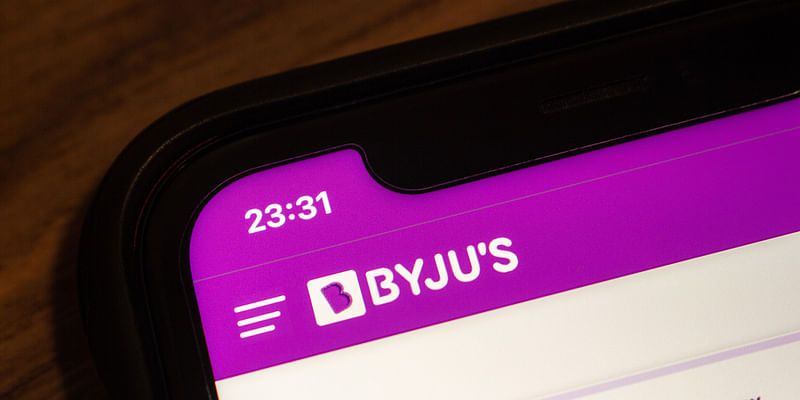Infibeam IPO subscribed 1.1 times: What next for the e-commerce company?
While the details of the valuation of Infibeam are yet to be revealed, the company made it through its public offering. While the start was rocky, by close of the IPO subscription window the stock was oversubscribed 1.1 times. This was thanks to the retail and non-institutional investors who oversubscribed the stock 1.31 and 2.23 times respectively. There was little attention from qualified institutional buyers who gave the stock a muted response and subscribed only 86 percent of the total number of shares reserved for them.
The question would be what the company would use this money for. In 2010, like Flipkart, the company was selling books before it plunged in to the marketplace model in 2012.
- The company will use the proceeds from the IPO to expand its consumer play, which constitutes 72 percent of its business. It can strengthen its supply chain to take on, in a small way, Amazon India, Flipkart and Snapdeal. In the offing may be a strategic play to become a Shop Clues hybrid, which is to connect local markets or smalls shops to consumers, within a region, and also include larger merchants to sell across the country by using the Infibeam platform.
- It can lease fulfilment centres and increase partnerships with brands.
- It can add more categories and increase the number of sellers.
- It can connect with smaller shops to complete last mile delivery and also use them as centres to take returns.
- To strengthen customer service in the form of order management and easy returns.
- Infibeam will reduce the debt burden - close to Rs 70 crore - which is sitting on its balance sheet.
- The money can be used to build an entire technology stack to track the customer and merchant with a 360 degree view. It includes analytics, warehousing technology, strengthening mobile and in-app experiences.
- Build its own distribution arm, like Cloud Tail and Prione, to bargain on pricing with big brands.
- May be the company will focus more on helping its sellers build their own e-commerce site and manage deliveries for them.

The challenges
- The company will have to be aware that every seller is on board these e-commerce companies because of incentives, which has destroyed the nature of selling. The sellers may still sell on behalf of top brands and not take to Infibeam. The question is how different will Infibeam be when they take additional sellers the platform.
- Listing on the stock exchange means Infibeam has to file returns on a quarterly basis and show operational profitability. Otherwise investors will beat the stock down.
- It may not manage to achieve scale because shoppers are already used to one or two e-commerce companies.
- If it takes the discounting route then investors may stop it from doing so. Increasing top line in this case may be a problem.
Did they read the market right?
The promoter group must have gone to the bourses to save themselves from becoming takeover targets. They must have realised that venture capital money is slowing down its bets in India and therefore listing was the only way to gain credibility. Vishal Mehta, the founder of Infibeam, has quoted that none of the existing promoter group members are going to exit after the IPO.
In the meantime they must figure out a model that is sustainable for the Indian market because as of now the e-commerce industry tends to bleed over customer acquisition. Being listed brings in the financial discipline and adds a lot of checks and balances to improve processes. That said the company has to thrive over the next two years or it can be bought by a large e-commerce company whose IPO will eventually be accepted by a new generation of stock market investors.











